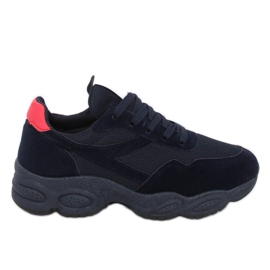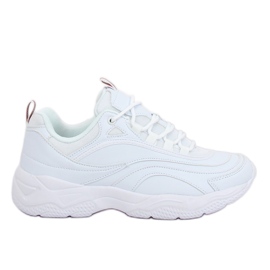Guide to the category of shoes: brands and materials
The role of the brand in the choice of shoes
The brand always plays a key role in choosing the right shoes. When choosing products from a well -known brand, consumers are often guided by trust and reputation that the company has developed over the years. Brands differ in terms of style, quality and innovation in production technology. In this chapter, we will discuss why the brand is one of the main criteria when buying footwear and how to recognize reputable manufacturers to be sure about durability and comfort of use.
Another brand - what does that mean?
When we talk about 'another brand', we mean slightly more niche or less known companies that offer unique patterns or specialized solutions. Such brands may have less recognition, but they often set trends and present innovative approaches to footwear design. In this chapter we will look at the variety of brands, their philosophy and how to choose the right one, guided by individual style and needs.
Materials used for the production of shoes
The materials from which the shoes are made play a key role in their functionality, durability and comfort. The most popular materials include leather, synthetics, fabrics and more ecological options, such as recycled materials. Each of them has its own unique properties, affecting flexibility, breathability or resistance to weather conditions. In this chapter, we will introduce various materials, their advantages and disadvantages to help you consciously choose the right shoes.
Trends in footwear: modern and classic
New trends are constantly appearing on the footwear market that combine modernity with classic forms. Designers are looking for inspiration in both minimalism and sophisticated details, creating collections diverse in terms of style and functions. In this chapter we will analyze current trends in footwear, we will discover the best solutions for fashion lovers and those who value timeless elegance.
Shoes for various occasions
The choice of appropriate shoes depends on the occasion they are intended for. From elegant slippers and pins to special outputs, to comfortable sneakers and sneakers for everyday walks. In this chapter, we will discuss the types of shoes available on the market, their specificity and tips on how to match them to different situations to always look stylish and feel comfortable.
Comparison of materials in terms of application
Materials used for footwear production differ not only in properties but also in use. The skin is perfect for elegant, durable shoes, while fabrics work in casual, light models. Synthetics, on the other hand, often offer a favorable value for money and are more ecological. This chapter will compare these materials in terms of durability, sensitivity to weather conditions, as well as the ecological responsibility of producers.
How to care for different shoes?
Taking care of shoes is the key to their long life and maintaining aesthetic appearance. Each material requires a different approach - the skin needs appropriate impregnants and pastes, fabric should be cleaned with delicate agents, and synthetics are usually cleaned with a damp cloth. In this chapter we will present practical tips on how to care for various materials to enjoy beautiful and functional footwear for a long time.
Ecological aspects of footwear production
An increasing number of brands focus on ecology and sustainable development. From materials to the production process - actions are undertaken to minimize the impact on the environment. In this chapter, we will discuss what ecological solutions use different brands, what to look for when shopping and how conscious choice can affect the protection of our planet.





























